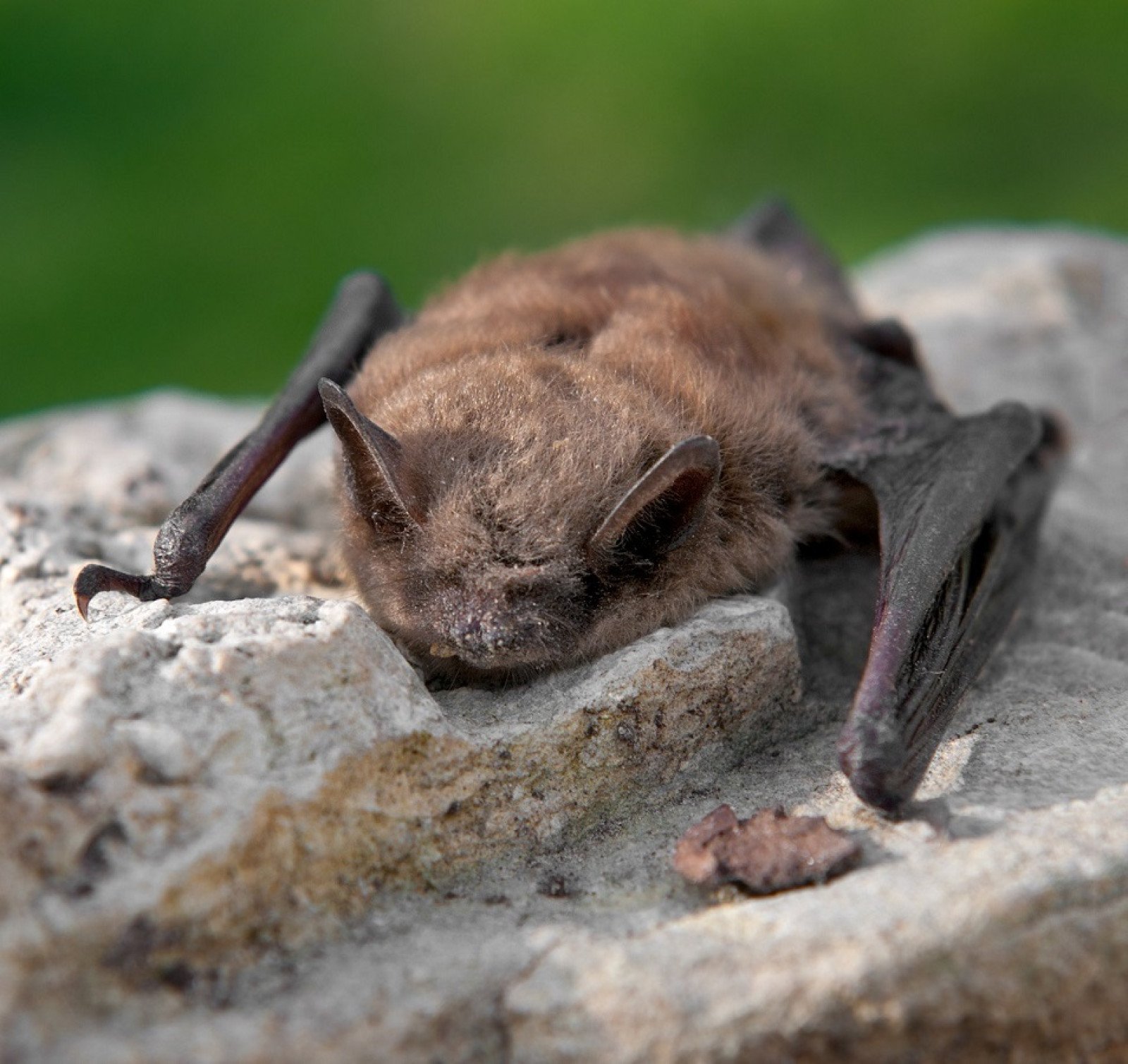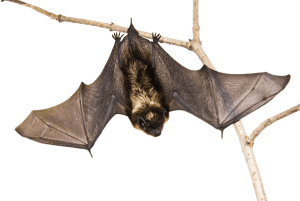
Overview
Through cloud maps and games, students discover fun facts about bats and the role they play in our ecosystems. They will watch a video about bats and learn how we can protect them.
Instructions
What you'll need
- Projector and screen to show video
- "Little brown bat" video (60 seconds)
- Scrap paper and pencils for each student
- Start the activity by asking students to share if they have seen bats in the wild and when and where they saw them.
- Create a word cloud about bats and ask, “What words do you think of when we mention bats?" Examples could include Halloween, black, and vampire. Have students write their words on a piece of paper and then share as a class.
- Play a true or false activity to learn about bat facts. Using an outdoor space or making room in the classroom, assign one side of the space as “true” and the other side as “false”.
- Explain that you will call out statements and students will decide if it is true or false and run to that side of the space. Have students move back to the middle between each statement. Call out the following statements:
- Most bats drink animal or human blood, like vampires (false)
- Bats eat lots of pesky insects like mosquitoes (true)
- Bats use sound instead of vision to travel at night (true – called echolocation)
- Pesticides that kill insects do not harm bats (false)
- Bats don’t need water to drink so wasting water doesn’t affect them (false)
- Most species of bats give birth to 10 or more babies each year (false – just one!)
- In some places, bats help with pollination of plants, just like bees and butterflies (true – mostly in tropical places)
- Bats are the only type of mammal that truly fly (true)
- Bat poop is called guano, and it is bad for plants and gardens (false – it is a great fertilizer)
- A bat box is something that traps bats (false – it’s a house for bats that you can put up)
- Some bats like to eat fruit and can move seeds around (true)
- The little brown bat is an endangered species in Canada (true)
- Share the "Little brown bat" video with students.
- Ask students to share something they learned from the video. Discuss how we need all living things for a healthy planet and we all depend on each other, so protecting bats is important. Share that the word biodiversity means this: biodiversity is the different living things on Earth and how we all connect.
- Discuss actions we can do to help protect bats and keep our planet healthy like driving cars less to keep our air clean and using less electricity, so we protect forests and bat habitat.
Modify or extend this activity
- Pull up the “Bats in the field” activity to play a game about how bats can help the farmers.
- Go outside and have students create forest art bat pictures using leaves, sticks, and other natural vegetation.
Curriculum Fit
Grade 3 Science
Big idea
- Living things are diverse, can be grouped, and interact in their ecosystems
- Sample questions: What is biodiversity? Why is biodiversity important in an ecosystem? Interconnectedness means that all things are related to and interact with each other in the environment
Content
- Biodiversity in the local environment
Curriculum competencies
Questioning and predicting
- Demonstrate curiosity about the natural world
- Make predictions based on prior knowledge
Processing and analyzing data and information
- Experience and interpret the local environment
Grade 3 Physical and Health Education
Big idea
- Daily participation in physical activity at moderate to vigorous intensity levels benefits all aspects of our well-being
Curricular competencies
Physical literacy
- Develop and apply a variety of fundamental movement skills in a variety of physical activities and environments
Assessments
- Assess students’ participation in the discussions.
- Assess students’ understanding of how important it is to protect all species, including bats.
- Assess students’ cooperation in playing the true and false activity.
Teaching Notes
Bat facts
Learn more about the little brown bat here, which is good for showing on a screen. Additional information on little brown bats can be found on Hinterland Who’s Who.
Good news
Bats can eat up to their own body weight in insects each night and have been shown to have a positive contribution to pest control for farmers and their crops. This article explains how Tony and Betty Koch, farmers in Oregon, attracted 54 species of birds and a growing colony of little brown bats to their property to significantly reduce their use of pesticides.
Endangered species
The little brown bat (Myotis lucifugus) is on the endangered species list and needs our protection. Learn more at the Canada’s Species at Risk registry.
Pesticides
Pesticides are used to kill, repel, or control plants or animals considered to be pests, but can have harmful environmental impacts such as:
- Impacting climate change through the manufacturing and application process.
- Contaminating soil and causing air pollution.
- Polluting streams, ponds, lakes, and wells.
- Leaving residue in surface water that can harm plants, animals and contaminate groundwater.
There are various techniques farmers are using to decrease the use of pesticides like:
- Companion planting: marigolds keep away many insects.
- Crop rotation.
- Planting a variety of species.
- Introducing ladybugs to control aphids.
- Attracting birds and bats with nesting boxes.
For more information, check out alternatives to pesticides.
BC Hydro and species protection
BC Hydro continues to work on protection of a variety of species, including federally and provincially listed species and their habitats under the Fish and Wildlife Compensation Program (FWCP) and Water Use Plans (WUP).
There is Bat Enhancement Planning and Inventory at Buntzen, Alouette, and Lower Steve/Hayward Lakes. For more information, see the list of species-at-risk and how it's been addressed.







